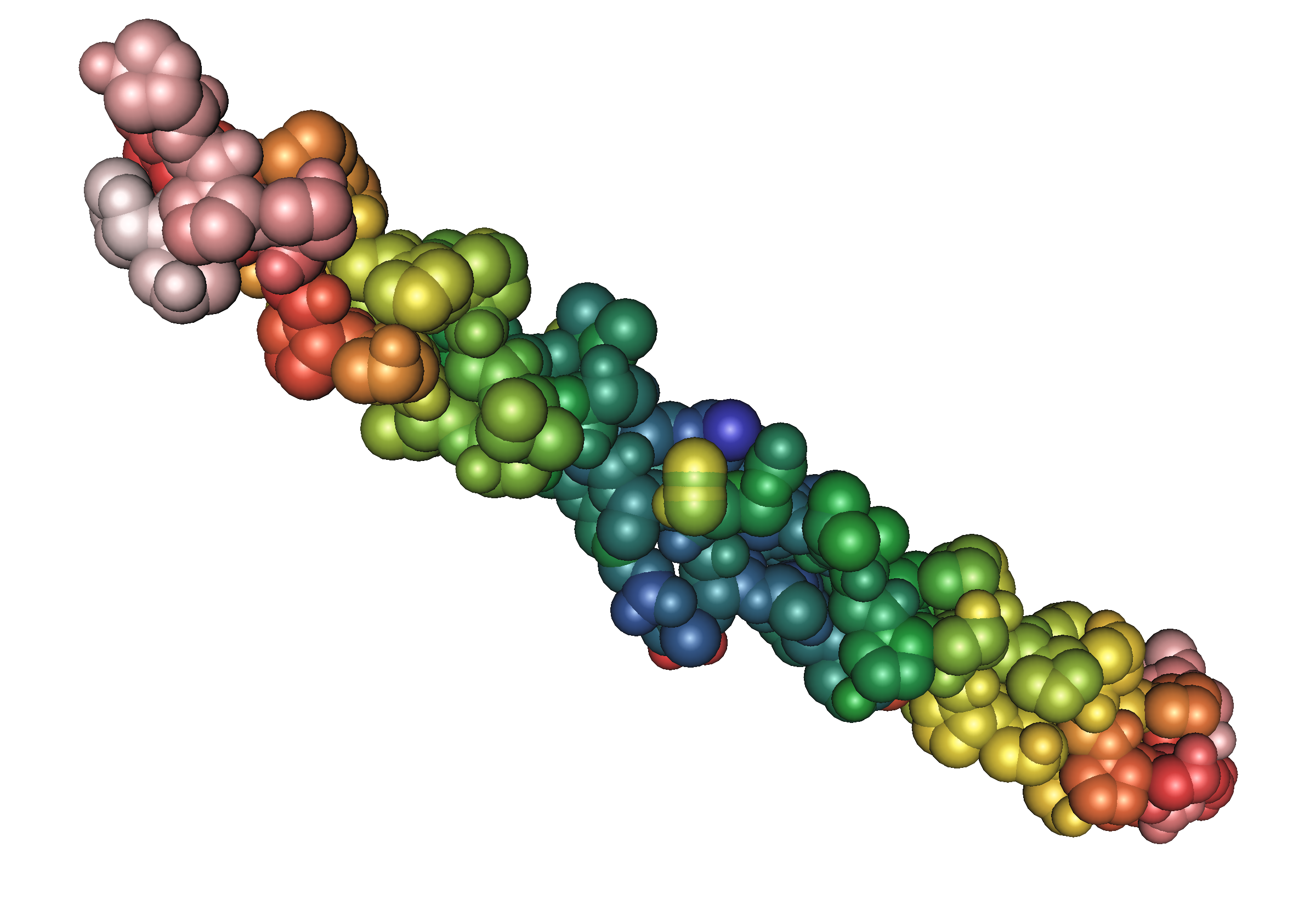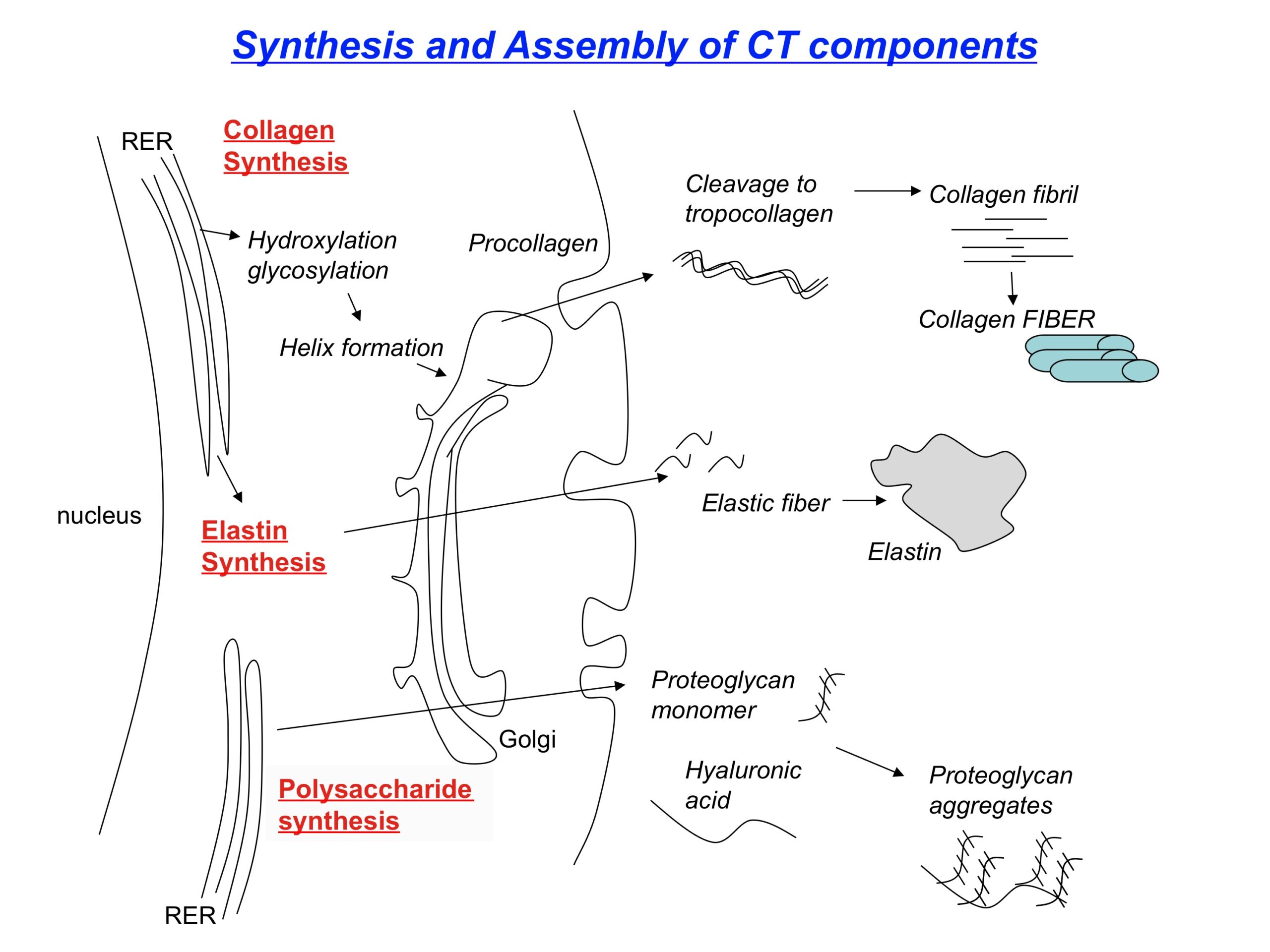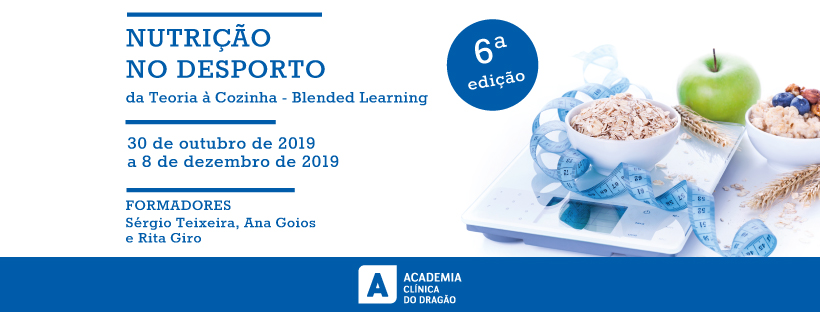COLLAGEN
Collagen is the most abundant protein in the body, being responsible for the elasticity and firmness of tendons, ligaments, connective tissues, and constituting one of the predominant compounds of the extracellular matrix of skeletal muscle1,2.
SENSITIVITY TO MECHANICAL LOAD
 Collagen appears to be highly sensitive to mechanical loading from sports that involve frequent acceleration and deceleration or are characterized by constant moments of impact3which in turn can translate into structural damage to the muscle fibers and the surrounding extracellular matrix4.
Collagen appears to be highly sensitive to mechanical loading from sports that involve frequent acceleration and deceleration or are characterized by constant moments of impact3which in turn can translate into structural damage to the muscle fibers and the surrounding extracellular matrix4.
In this sense, a study of Clark et al. (2008) demonstrated that the ingestion of 10 g of collagen, in a single dose, resulted in an increase in its synthesis at the level of the cartilage tissue of the knee, in athletes with a history of pain or discomfort at the knee level due to mechanical stress, injury or in the postoperative period5while administration of 5 g collagen significantly improved perceived functionality in subjects with chronic ankle instability1.
RANGE OF MOTION

Collagen-synthesis.jpg - Wikimedia Commons
Similarly, in a recent study by Shaw et al. (2017), ingestion of 5 and 15 grams of hydrolyzed collagen increased the amino-terminal propeptide concentration of type I collagen by 59 and 153%, respectively, in subjects undergoing an intermittent exercise program 6. Even low doses (40 milligrams) have been shown to be effective in increasing knee range of motion and exercise time until pain occurs in healthy subjects with a history of joint pain7.
The underlying mechanism is not well known, but is speculated to be related to increased collagen synthesis in the connective tissues surrounding the muscle and modulation of the inflammatory response to exercise, which appears to result in early remodeling of the injured structure 4.
SUMMARY
In summary, and despite some papers finding no advantages from the use of collagen (8, 9, 10, 11), recent advances in understanding the mechanism of action of collagen, as well as some papers with promising results, provide nutritionists another potential tool for the recovery from sports injuries at the level of ligament, tendon, muscle and bone structures 7.
Authors
Pedro Francisco Alves Pereira
Degree in Nutritional Sciences from Faculdade de Ciências da Nutrição e Alimentação da Universidade do Porto (FCNAUP)
Nutritionist for Estoril Praia, Futebol - SAD
Nutritionist at the Medical and Sports Clinic - 'Athletika
He developed his graduation thesis entitled: "The Influence of Nutrition on Sports Injuries".
Collaborated with Dragon Force - Foz and Olympiacos F.C.
António Pedro Mendes
FC Porto's nutritionist
Coordinator of the Sports Nutrition Unit at Clínica Espregueira - FIFA Medical Centre of Excellence
Nutritionist at Agostinho Ribeiro Hospital
Member of the Commitee of Clinical Nutrition of the Portuguese Order of Nutritionists
Would you like to know more about the importance of collagen in the prevention and treatment of sports injuries?
Academia Clínicas Espregueira makes available the Course Advanced in Sports Nutrition, bringing together high quality program content in the area of Sports Nutrition. See here the program for the next course!

REFERENCES
1 - Dressler, P., Gehring, D., Zdzieblik, D., Oesser, S., Gollhofer, A., & Konig, D. (2018). Improvement of Functional Ankle Properties Following Supplementation with Specific Collagen Peptides in Athletes with Chronic Ankle Instability. J Sports Sci Med, 17(2), 298-304.
2 - Kjaer, M., Langberg, H., Heinemeier, K., Bayer, M.L., Hansen, M., Holm, L., Doessing, S., Kongsgaard, M., Krogsgaard, M.R. and Magnusson, S.P. (2009) From mechanical loading to collagen synthesis, structural changes and function in human tendon. Scandinavian Journal of Medicine Science in Sports 19(4), 500-510.
3 - Gillies AR, Lieber RL (2011) Structure and function of the skeletal muscle extracellular matrix. Muscle Nerve 44(3):318-331
4 - Clifford, T., Ventress, M., Allerton, D. M., Stansfield, S., Tang, J. C. Y., Fraser, W. D., Vanhoecke, B., Prawitt, J., Stevenson, E. (2019). The effects of collagen peptides on muscle damage, inflammation and bone turnover following exercise: a randomized, controlled trial. Amino Acids, 51(4), 691-704
5 - Clark, K. L., Sebastianelli, W., Flechsenhar, K. R., Aukermann, D. F., Meza, F., Millard, R. L., Deitch, J. R., Sherbondy, P. S., Albert, A. (2008). 24-Week study on the use of collagen hydrolysate as a dietary supplement in athletes with activity related joint pain. Curr Med Res Opin, 24(5), 1485-1496.
6 - Shaw, G., Lee-Barthel, A., Ross, M. L., Wang, B., & Baar, K. (2017). Vitamin C-enriched gelatin supplementation before intermittent activity augments collagen synthesis. Am J Clin Nutr, 105(1), 136-143.
7 - Lugo, J. P., Saiyed, Z. M., Lau, F. C., Molina, J. P., Pakdaman, M. N., Shamie, A. N., & Udani, J. K. (2013). Undenatured type II collagen (UC-II(R)) for joint support: a randomized, double-blind, placebo-controlled study in healthy volunteers. J Int Soc Sports Nutr, 10(1), 48.
8 - Babraj, J. A., Cuthbertson, D. J., Smith, K., Langberg, H., Miller, B., Krogsgaard, M. R., Kjaer, M., Rennie, M. J. (2005). Collagen synthesis in human musculoskeletal tissues and skin. Am J Physiol Endocrinol Metab, 289(5), E864-869.
9 - Bello AE, Oesser S. Collagen hydrolysate for the treatment of osteoarthritis and other joint disorders: a review of the literature. Curr Med Res Opin2006;22(11):2221-32.
10 - Schadow, S., Siebert, H. C., Lochnit, G., Kordelle, J., Rickert, M., & Steinmeyer, J. (2013). Collagen metabolism of human osteoarthritic articular cartilage as modulated by bovine collagen hydrolysates. PLoS One, 8(1), e53955.
11 - Porfirio, E. & Fanaro, G. (2016). Collagen supplementation as a complementary therapy for the prevention and treatment of osteoporosis and osteoarthritis: a systematic review. Revista Brasileira de Geriatria e Gerontologia.

